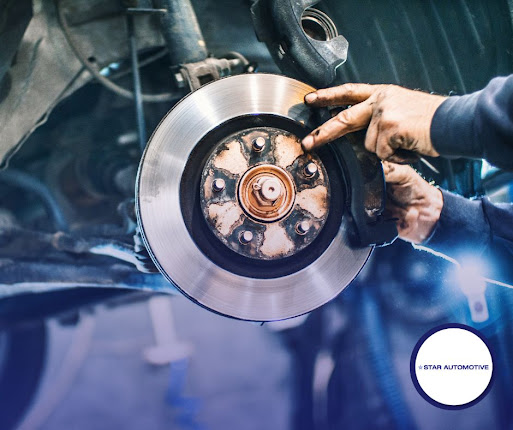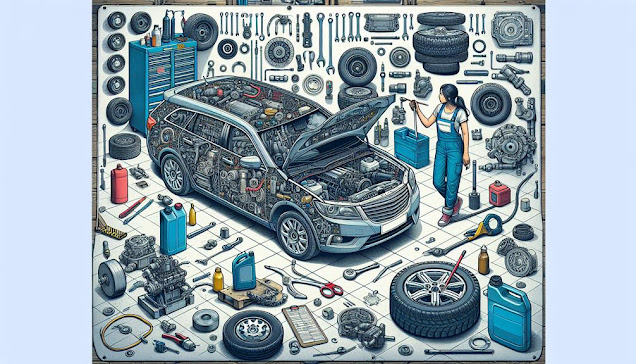Brake Repair Specialists: Ensuring Reliable Stopping Power
Brakes are among the crucial safety elements for any vehicle. Hence, it's crucial to maintain them operating properly. As time passes, brakes will become worn out and reduce their effectiveness. Therefore, it's important to understand how to maintain them properly and fix their condition. This is a complete guide on brake repairs to help maintain your car's safety and keep it functioning effortlessly.
Be aware of the indicators for brake issues:
- Grinding, squealing or screeching sounds when you brake
- A soft or spongy brake pedal
- The braking process can cause vibrations or pulsations.
- The brake warning light is located on the dashboard
- A longer stopping distance is required than the norm.
- Leaking brake fluid
Examine the brakes:
Change the brake pads:
Get rid of the wheel:
- The brake caliper must be removed by taking off the bolts that keep it in place.
- Take off the brake pads that were previously used.
- Install the brand new brake pads.
- Replace the brake caliper as well as the wheel.
Repair the brake rotor:
- Take off the wheel.
- Get rid of the brake caliper and bracket.
- Get rid of the rotor that was previously used.
- Install the new Rotor.
- Replace the caliper and bracket.
The brakes were bled:
- A clear tube should be connected to the bleeder valve of the brake caliper.
- The other end of the tube within an evaporator of brake fluid.
- Make sure someone presses the brake pedal as you adjust the bleeder valve.
- Shut off the valve for the bleeder and continue to do this until the air bubbles are not released out from the tube.
It is vital to maintain your brakes to protect yourself when driving. Regular inspections, changing brake pads, rotors and braking pads, cleaning the brakes, as well as changing brake fluids are crucial steps for maintaining your brakes' condition. If you're not confident in carrying out these chores by yourself, you should bring your car to an experienced mechanic.



Comments
Post a Comment